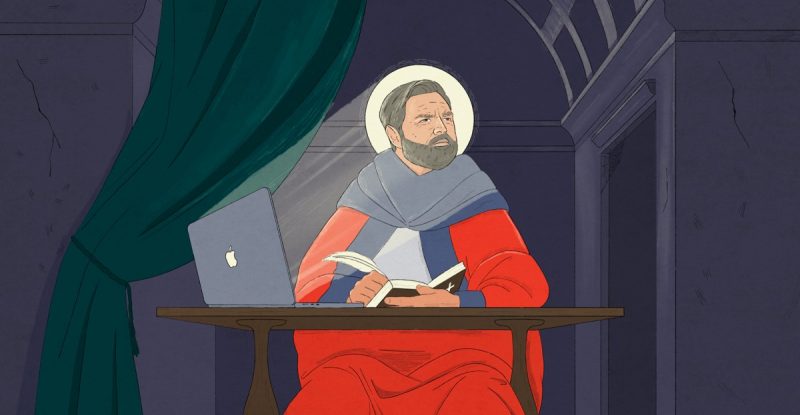
Less than a week into his vice presidency, JD Vance, a Catholic convert, publicly clashed with the US Conference of Catholic Bishops. This seemingly minor spat highlights a significant trend: a surge of young, white men converting to Catholicism and Eastern Orthodoxy, bringing with them a distinctly conservative political ideology that’s shaking up established religious institutions and American politics.
One study suggests a 24 percent increase in Eastern Orthodox conversions since 2021, with the majority being men under 40. Similar increases are reported in Catholic conversions. While the absolute numbers are not massive, their political influence is undeniable, particularly given the traditionally moderate political leanings of these faith communities. This influx of converts is altering the established political landscape of American Catholicism, which, while largely Republican-leaning, maintains a surprising level of support for issues like abortion rights. The same is true for the Orthodox Church, which demonstrates a more moderate stance than its newly converted members.
This shift contrasts sharply with the more predictable alignments of white evangelical Protestants (reliably conservative and Republican) and white secular atheists/agnostics (reliably progressive and Democrat). These latter groups, rooted in America’s Protestant founding, prioritize correct belief over community belonging, a stark difference from the traditionally Catholic and Orthodox emphasis on community and shared cultural identity. This distinction is crucial to understanding the motivations of these new converts.
Many of these young men are grappling with a perceived crisis of masculinity and a sense of belonging. They find answers in an online “traditionalist” movement, characterized by conservative views on gender, sexuality, and immigration, often coupled with a romanticized vision of a simpler, more homogenous past. This movement is heavily influenced by online personalities and readily available information, leading many to explore Catholicism and Orthodoxy as vehicles for expressing their political and social views.
The online world plays a significant role in this phenomenon. Converts often encounter complex theological concepts through YouTube, TikTok, and online forums, sometimes before engaging with established religious communities. This can lead to misunderstandings and clashes when their online-formed beliefs encounter the realities of established religious practice and hierarchy. JD Vance’s public disagreement with the Pope over the interpretation of “ordo amoris” exemplifies this disconnect.
This “cradle versus convert” dynamic is creating internal conflicts within these religious communities, accelerating their political polarization. The willingness of some converts to challenge established authority and reinterpret theological concepts to align with their political views is unprecedented. This behavior, far from being “traditional,” represents a form of rebellion and cultural appropriation, potentially undermining the very institutions they’ve joined. The implications extend beyond religious circles; it signifies a broader challenge to established authority, influencing the interpretation of various aspects of American society, from citizenship rights to LGBTQ+ issues.
While some might dismiss internal religious conflicts as irrelevant, the reality is that religion continues to play a significant role in American politics. Ignoring this dynamic is unproductive. The growing polarization within traditionally moderate religious communities is creating another battleground in America’s already deeply divided political landscape, a development that could have significant consequences for the nation’s future.










